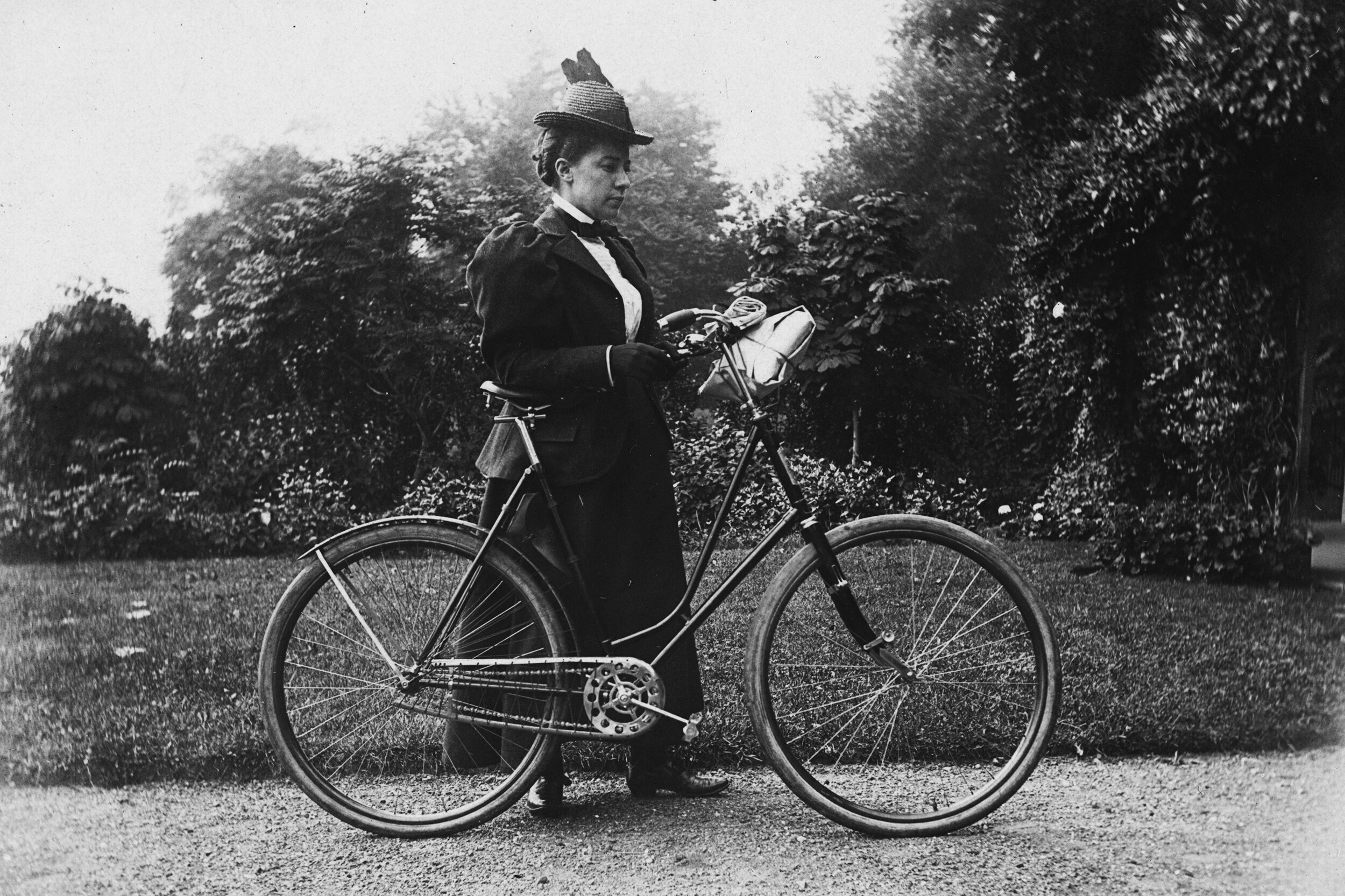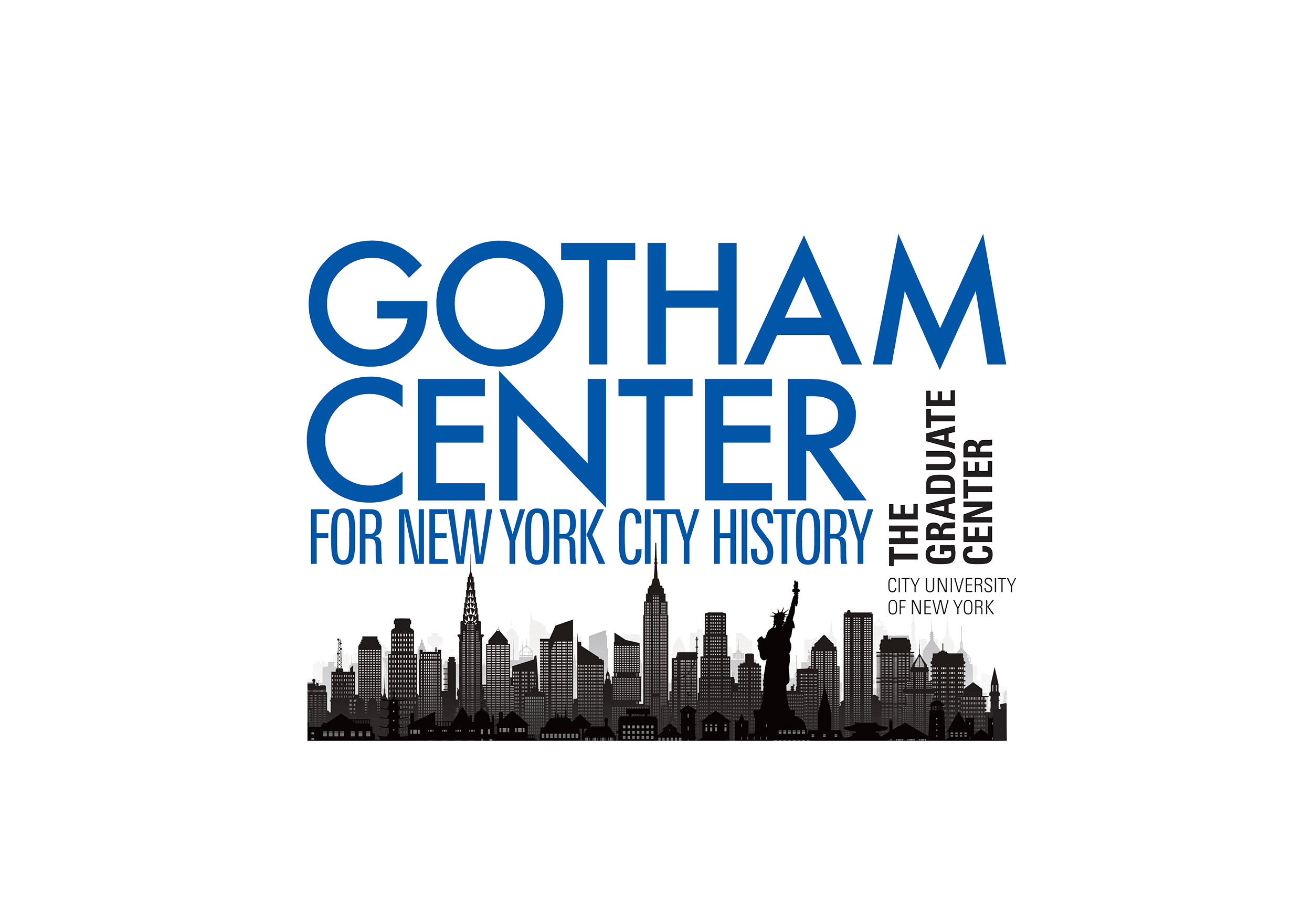Miss Alice Austen and Staten Island's Gilded Age
Miss Alice Austen and
Staten Island’s Gilded Age
A Biography in Photographs
by Bonnie Yochelson
Within the rigid confines of Staten Island high society, Alice Austen was fiercely independent. As a young woman, she was a perfectionistic competitor, pursuing tennis and photography with passion. In her thirties, she met Gertrude Tate, the love of her life and her partner for the next fifty years. But Alice was no rebel. Her other great love was her family’s home, a relic of a bygone Victorian era, and she assumed the prerogatives and prejudices of upper-class culture. Her story reveals the tides of change that intrigued and ultimately overwhelmed her. Her photographs provide a window into a lost world.
Suburban Staten Island and Clear Comfort
From childhood to old age, Alice Austen lived at Clear Comfort, her grandparents’ Victorian cottage that faced the Narrows, where New York Harbor meets the Atlantic Ocean.
View this section
The Art and Craft of Photography
Alice’s cameras were wooden boxes with a lens in front and a holder in back that held a glass plate negative covered with light-sensitive, silver emulsion. In this photograph, one of Alice’s cameras faces the harbor, resting on a tripod and covered with a focusing cloth, which Alice placed over her head to compose an image.
View this section
The Sporting Society Set
When Alice was coming of age, outdoor leisure activities were the lifeblood of Staten Island’s social scene. Clubs devoted to boating, hunting, cricket, and tennis provided the Island’s young people with unprecedented opportunities for chaperone-free socializing.
View this section
The Larky Life
In old age, Alice referred to the social whirl of her young womanhood as “the larky life.” Her many self-portraits confidently present her in the latest fashions. But her scrapbooks reveal the relentless pace of merriment, and letters from her friends divulge their anxieties about clothing, body image, and reputation.
View this section
Alice Austen, Satirist
In the summer and fall of 1891, Alice used the camera to mock the social rituals that for nearly a decade she had vigorously embraced. About these now-famous photographs, Alice later remarked, “We did it just for fun.” Behind the fun was a rebellious impulse. At 25, she began to doubt the worth of “the larky life” and its ultimate goal, matrimony.
View this section
Travel Souvenirs
On her frequent visits to family and friends, Alice regularly took one or more cameras packed in a separate trunk. Despite the inconvenience of traveling with heavy, fragile equipment, she relished the opportunity to make scenic views and portraits, which she often sent to her host in lieu of a simple thank you note.
View this section
Amateur or Professional?
In the mid-1890s, Alice embarked on several projects with commercial potential, such as a portfolio of "Street Types of New York." Although she copyrighted images and made many prints, perhaps intended for sale, Alice ultimately abandoned the idea of becoming a professional photographer.
View this section
Life with Gertrude Tate
In 1897, Alice met Gertrude Tate on vacation and the two women became inseparable. In 1917, Gertrude moved to Clear Comfort, where they lived contentedly until 1929, when Alice lost her savings in the stock market crash. They struggled in vain to maintain their way of life.
View this section
The Public Meets Alice Austen
Alice photographed for her friends, her family and herself. When she lost Clear Comfort in 1945, the photographs were rescued by the Staten Island Historical Society (Historic Richmond Town). Shortly before she died in 1952, LIFE Magazine published a story about her, and in the 1970s, her house was saved from demolition.
View this section












